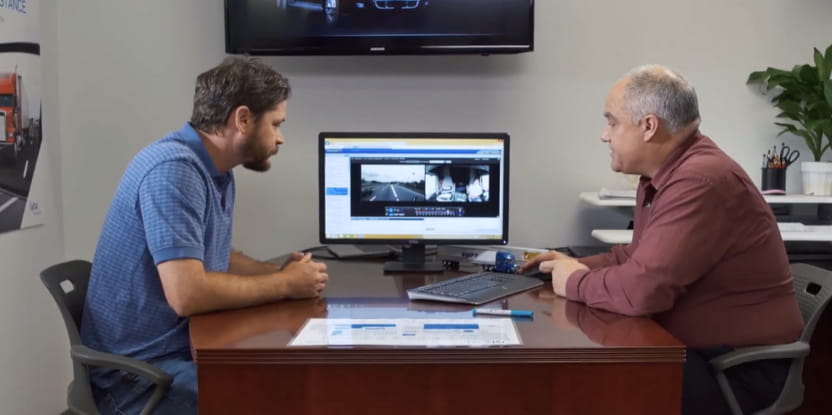A strong safety culture comes from action, not reaction.
We’ve all heard it: an ounce of prevention is worth a pound of cure. It may sound like a cliché, but when it comes to building a comprehensive safety culture, it’s spot-on.
Leading the charge for a true safety culture isn’t easy even though everyone in the organization knows, on some level, how critical safety is. The safety culture champion is tasked with elevating that awareness in every single person throughout the organization, impressing upon them that safety is a value, without compromise, and not just a priority that changes based on the situation at hand.
Here’s the thing: the understanding of and commitment to safety must start at the top of the org chart, and it must be demonstrated in both words and actions.
A company’s leadership must be dedicated to sustaining a valued safety culture by going beyond staff meeting speeches to demonstrating a commitment to operating safely even when facing the pressures of operating factors and business priorities.
This is something we see all too often; leadership or peers talk about and encourage safe practices, but turn a blind eye to behavior that’s counter to safety culture because addressing the matter would be time-consuming and inconvenient.
If you want to avoid a breakdown of your safety culture—and you definitely do--commit to addressing issues when they arise, no matter how big or small they may be. Be a safety evangelist who matches words with actions, leading by example for the entire company.
This level of commitment, especially from leadership, will resonate with employees throughout the organization and put you on the path to a safety culture that endures.
When it comes to safety culture, make your mantra, “Do as I say, and as I do.” Doing so could save a life.
Check out these related resources to learn everything you need to know about:
